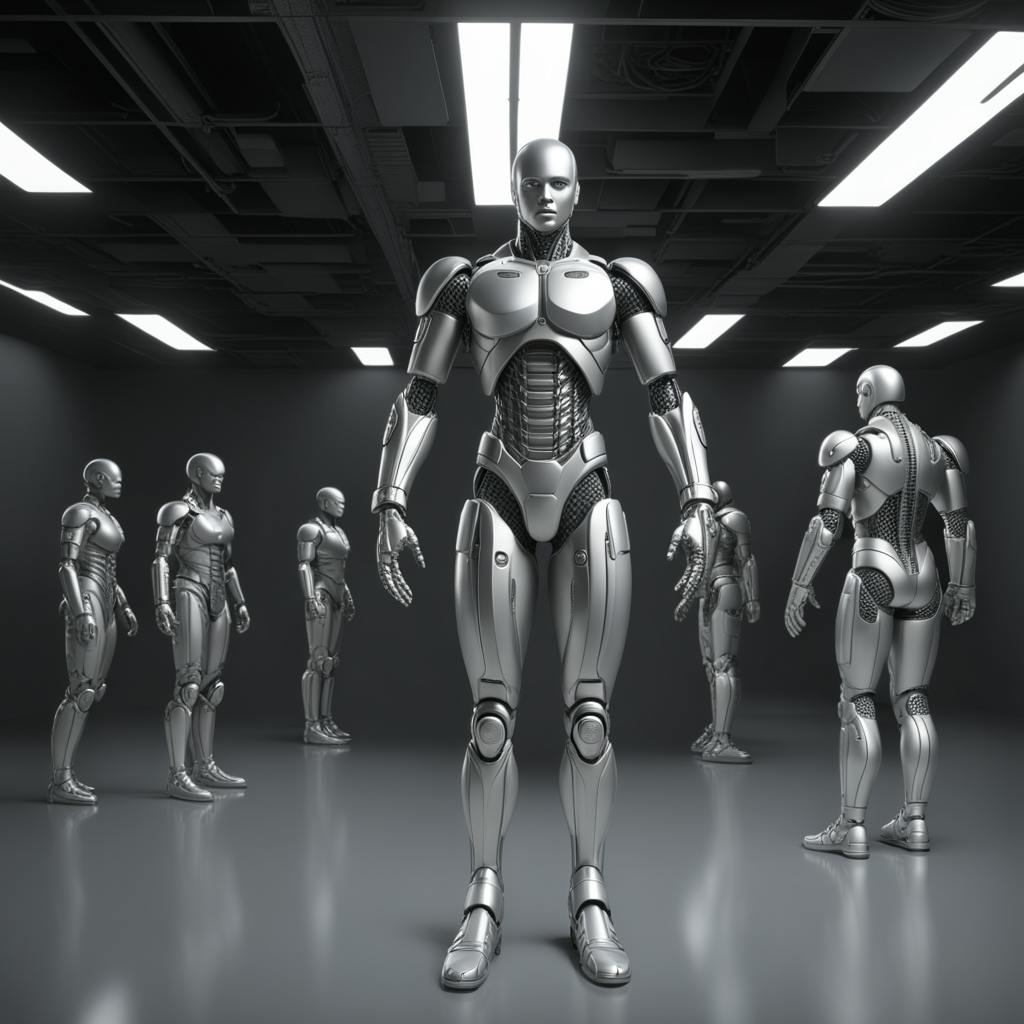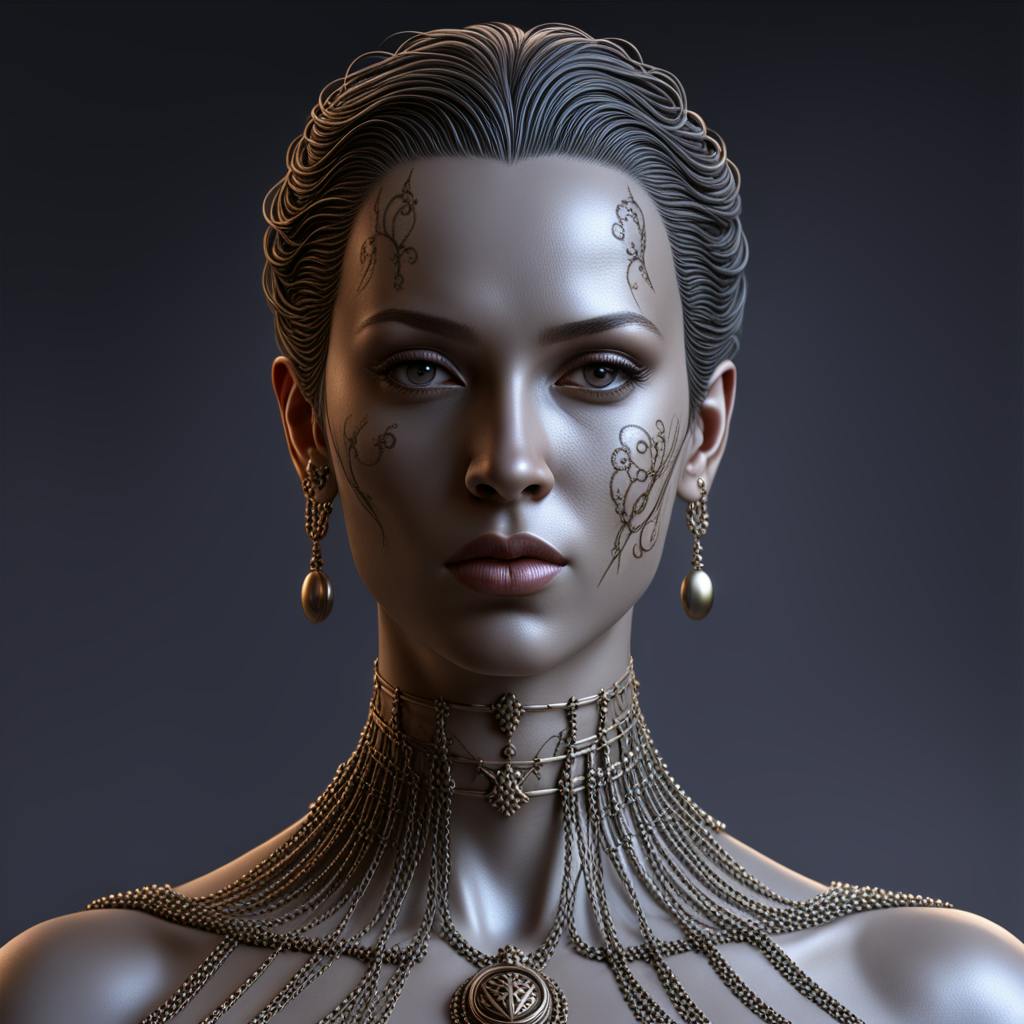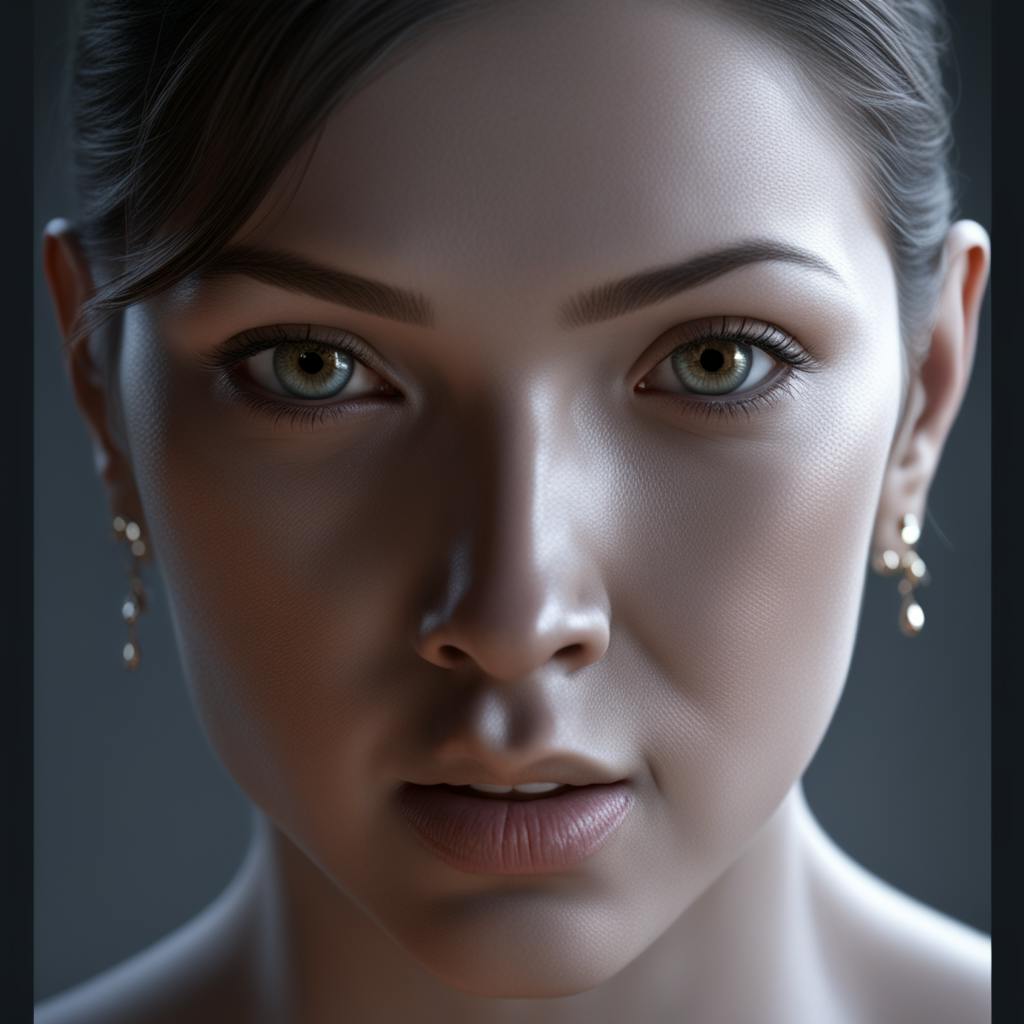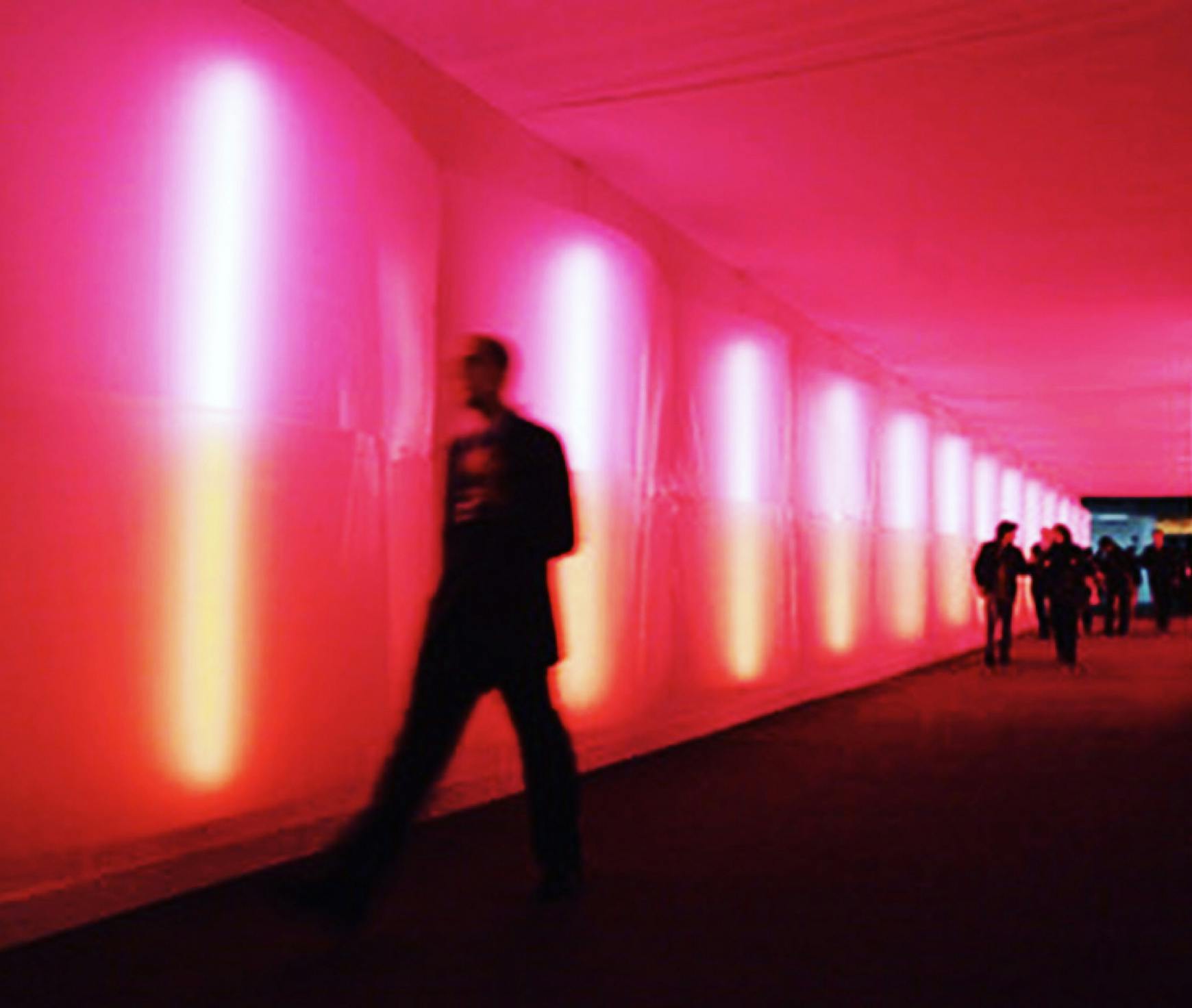The emergence of artificial intelligence (AI) is transforming how we think about art. The debate of AI art vs human art is stirring conversations among artists, technologists, and audiences worldwide. It raises questions about creativity, originality, and how art will evolve in the future. In this article, we’ll explore both AI-generated art and human-made works, highlighting their differences, unique strengths, and the impact they have on today’s art world.
Creative Origins and Processes
Human art begins with emotion, life experience, and culture. It reflects personal stories and inspiration, often carrying deeper meaning for both the artist and the viewer. In contrast, AI art is a product of algorithms. Using large datasets and machine learning, AI creates images that mimic existing styles or combine elements in unexpected ways.
While AI doesn’t “feel,” its surprising outputs can challenge human artists to rethink their creative process. Instead of competing directly, AI pushes artists to explore new forms of collaboration between humans and machines.
Emotional Depth and Interpretation
One of the biggest differences in the AI art vs human art debate is emotional connection. Human-created art carries the flaws, vulnerability, and honesty of lived experiences. These qualities evoke strong reactions in viewers because they sense authenticity.
AI art, on the other hand, lacks intentional emotion. While it can be visually stunning, the feelings it evokes come from the viewer’s interpretation—not from the AI’s intent. This distinction keeps human art at the heart of emotional storytelling.

AI made with Christophe Vacher
Originality and Authorship
Originality is a major issue when comparing AI art to human art. Human artists build unique styles that tie directly to their identity and authorship. With AI, authorship is murkier: is it the programmer, the algorithm, or the data source?
Since AI often learns from existing artworks, it raises questions about copyright and the ethics of borrowing styles without permission. This debate highlights the importance of giving credit to original creators while defining new boundaries for AI-assisted work.
Impact on the Artistic Landscape
AI is changing not only how art is made but also who can make it. Tools for AI-generated art make creativity more accessible, lowering barriers for people without formal training. For professional artists, AI serves as a collaborator, offering inspiration and efficiency.
Rather than replacing human creativity, AI is expanding artistic opportunities. It allows for new forms of collaboration, new markets, and fresh approaches to creativity that blend technology with traditional artistry.
Case Study: Refik Anadol’s AI-Driven Installations
Refik Anadol, a well-known media artist, has become a pioneer in merging AI art vs human art. His large-scale digital installations use algorithms trained on massive datasets—such as cityscapes, weather patterns, or even museum archives—to create immersive, dreamlike experiences.
What makes Anadol’s work stand out is how he blends AI-generated visuals with human storytelling. While the data provides endless possibilities, his vision and direction ensure the final product feels meaningful. This case study shows how AI doesn’t replace the artist but instead becomes a powerful creative partner.

AI made with Christophe Vacher
FAQ: AI Art vs Human Art
How does AI art differ from human-created art?
Human art is personal, emotional, and shaped by life experiences. Artists make choices with intent and meaning. AI art, by contrast, is generated through algorithms analyzing massive datasets. It produces works that can look creative but lack the personal narrative behind human-made art.
What impact does AI have on the art world?
AI introduces new creative possibilities and makes art accessible to non-artists. It also raises concerns—such as undervaluing human work or ethical issues with borrowed styles. At the same time, it encourages collaboration and hybrid practices that expand artistic horizons.
Can you tell the difference between AI and human art?
Often, yes. Human art usually carries emotional depth and originality, while AI art may show repeating patterns or overly structured elements. However, the gap is shrinking as AI grows more advanced, making it harder to distinguish.
Is AI truly creative?
AI creativity is based on combining learned patterns in new ways, not on emotions or intent. While it can surprise us with unique outcomes, it lacks the deeper context that human artists provide through lived experience, imagination, and storytelling.
Conclusion
In the debate of AI art vs human art, one thing is clear: both have important roles to play. AI offers new tools, accessibility, and inspiration, while human art brings emotional depth, originality, and cultural meaning. Together, they expand what creativity can look like in the modern world.
As technology evolves, artists who embrace collaboration with AI will continue to shape new possibilities, proving that while machines can generate images, it’s the human touch that gives art its soul.

